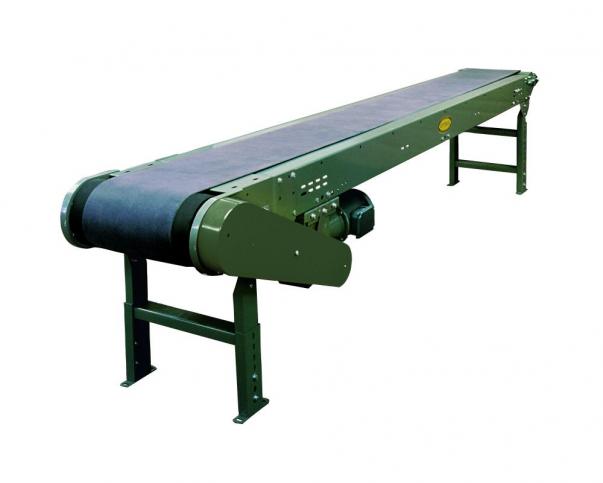The belt conveyor is so named because its most important component is the belt itself. Belt conveyors make use of a relatively simple mechanism to perform a wide range of material handling functions. Since the belt of the conveyor takes on the brunt of the processing labor, it is likely to experience wear and tear over time. Proper maintenance of your conveyor system’s belt will prevent any damage and increase the longevity of your conveyor. One aspect of the belt that should be maintained is its tension.
The Right Amount of Tension is a Fine Balance
There is, in fact, the perfect amount of tension for your belt conveyor. The appropriate amount of belt tension is determined by factors such as the weight of products it will handle and the speed at which it needs to run. Ideally, a conveyor’s belt should be adjusted to the lowest tension at which it can run smoothly without slipping. Adjusting your conveyor’s belt tension can be a fine balance as the belt can have too much or too little tension. Too much belt tension can wear out bearings and shafts and even break pulleys, while too little tension will lead to slipping and improper tracking. Here are some signs that your conveyor’s belt tension is off:
- Belt lacing is pulling apart
- Edges of belt are curling upwards
- The belt is becoming discolored
- Noise caused by slipping
If you notice any of these signs in your belt conveyor system, take the following steps to get your belt tension in check.
- Remove all products from your conveyor system
- Adjust the tension of the belt to minimize slippage
- Add products, from small to large, and adjust the belt tension until the conveyor is able to move the heaviest product without slipping
- Run the conveyor with a full product load and check for slipping
- Repeat the entire process if slippage occurs
Invest Time Instead of Money Into Your Conveyor Belt
You can increase the longevity of your belt conveyor by simply taking the time to perform routine checks and maintenance. A little bit of time spent on belt maintenance will result in a lot less time and money spent repairing or replacing a faulty conveyor. Maintenance should include inspecting the belt’s integrity and performance without any loads, cleaning the belt of any debris or spills and ensuring that your belt is not operating beyond its weight limit. Damage incurred by the belt will lead to damaged conveyor parts and products, so it is in your best interest not to abuse the machinery on which your facility runs.
At Norpak Handling, we have a large selection of belt conveyors suited for material handling processes in various industries. Our belt conveyor systems are easy to install, adaptable for different purposes and can save you money in your facility operations. We are confident that we have the experience to find the best conveyor solution for your needs. Contact us today to find the right conveyor system for you!
We are an authorized Hytrol integration partner. For more information on this topic, read their article on caring for your conveyor belt and adjusting belt tension here.










